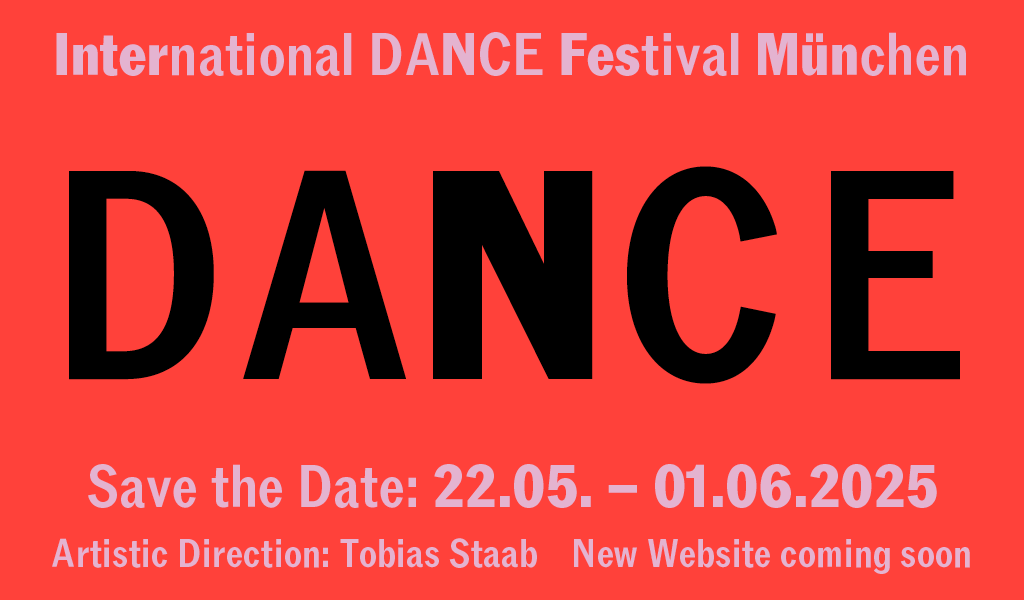Rabih Mroué
Elephant / You Should Have Seen Me Dancing Waltz (in co-operation with the Münchner Kammerspiele)
Three hundred and sixteen pencil sketches of dead bodies. They are essential components of the touching duet "Elephant," which Rabih Mroué developed with the dancers Jone San Martin and Ty Boomershine from the Dance On ensemble. Isolation and the desire to be around someone, loneliness and the yearning for closeness characterize "Elephant." The second piece of the evening, "You Should Have Seen Me Dancing Waltz," which Rabih Mroué developed with Dance On, illustrates what effects news about violence and brutality have on us. How do we react physically to this? The dancers discover very personal words and images for this.
This evening presents two dance pieces by Rabih Mroué, the Lebanese artist, actor, and performer who lives in Berlin; he created the pieces for and with the superb dancers of the ensemble Dance On. After "Water Between Three Hands" (2016) the internationally renowned artist and the company worked together for a second time. In "Elephant" (2018) he uses – as in many of his pieces – documentary material in order to blend personal and collective archives into one another. Here it's pencil sketches of bodies lying on the ground. Are these people resting? Are they sleeping? The restrained atmosphere soon gives way to other associations, images of victims of violence or refugees whose lifeless bodies washed ashore. For a year Rabih Mroué gave himself the task of sketching a dead body every day. For "Elephant" three hundred and sixteen images from this collection were selected, and over the course of the piece they will be projected on the back wall of the stage. Jone San Martin and Ty Boomershine translate with Mroué the concept into movement; Mattef Kuhlmey composed the music for the piece.
For the second work of the evening, "You Should Have Seen Me Dancing Waltz" (2019) Rabih Mroué also worked closely with the dancers. Reports about deaths and destruction, horrible images as soon as you page through a newspaper and which keep recuring – what if one would never get used to this? The dancers read the newspaper, we hear the sentences, movement echoes, and in turn they are put into words. Rabih Mroué poses political and moral questions with both pieces, and he transposes them into space, speaking, and dance.





